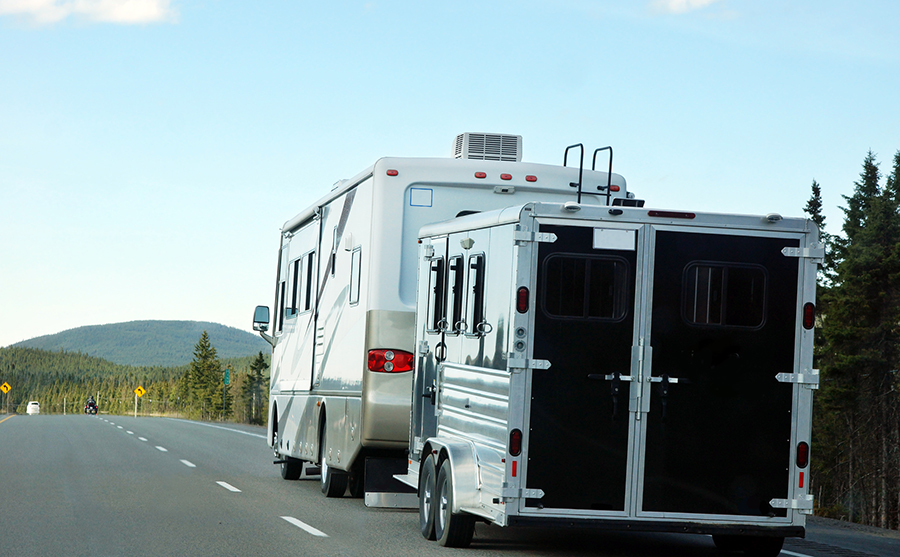RV fuel consumption — the big impact of slight elevation changes.
So why do we see, on occasion, such a wide fluctuation? You have an apparent tail wind, but no savings. You experience a headwind, but it seems to be not so much a fuel burner. You drive with extra attention to fuel mileage and experience little change in expected results. Why?
Well, the culprit is not exactly “Rocket Science”! Sir Isaac Newton said, “For what goes up, must come down.” Thinking about that, how does that apply to pushing a heavy load up, or down, a grade? Well, with these weighty vehicles, lots!
So, how do you know if your RV trip suffers from “Elevation Fuel Syndrome”?
RV Fuel Consumption — Finding the Culprit
If you have a GPS, or know the elevation difference from departure point to destination, you can perhaps understand the concept. Changing your RV’s geographic elevation can substantially alter the unit’s fuel consumption. Even a gradual climb or descent will result in noticeable changes. It’s not the grades up and down during a day’s run, it’s the difference of elevation between the starting point and the day’s final destination. If you are 3,000 feet higher than where you left off, you will experience a higher fuel consumption. Likewise, seemingly great fuel mileage can be found if you returned the via the same route.
For example, a 25,000
So check it out next trip if your final destination elevation is much greater than your starting point. It just might explain the hidden losses or gains. And if you find yourself going through unexpected elevation gains, keep your eye on the fuel gauge. We recommend all RV owners invest in a roadside assistance plan, like Good Sam Roadside Assistance, to act as a safety net with helpful services like emergency fuel delivery in the case of an empty tank.
Explore more articles on fuel consumption. You can also shop several products designed to monitor and improve fuel performance.
Peter Mercer – With A Fuelish Thought
